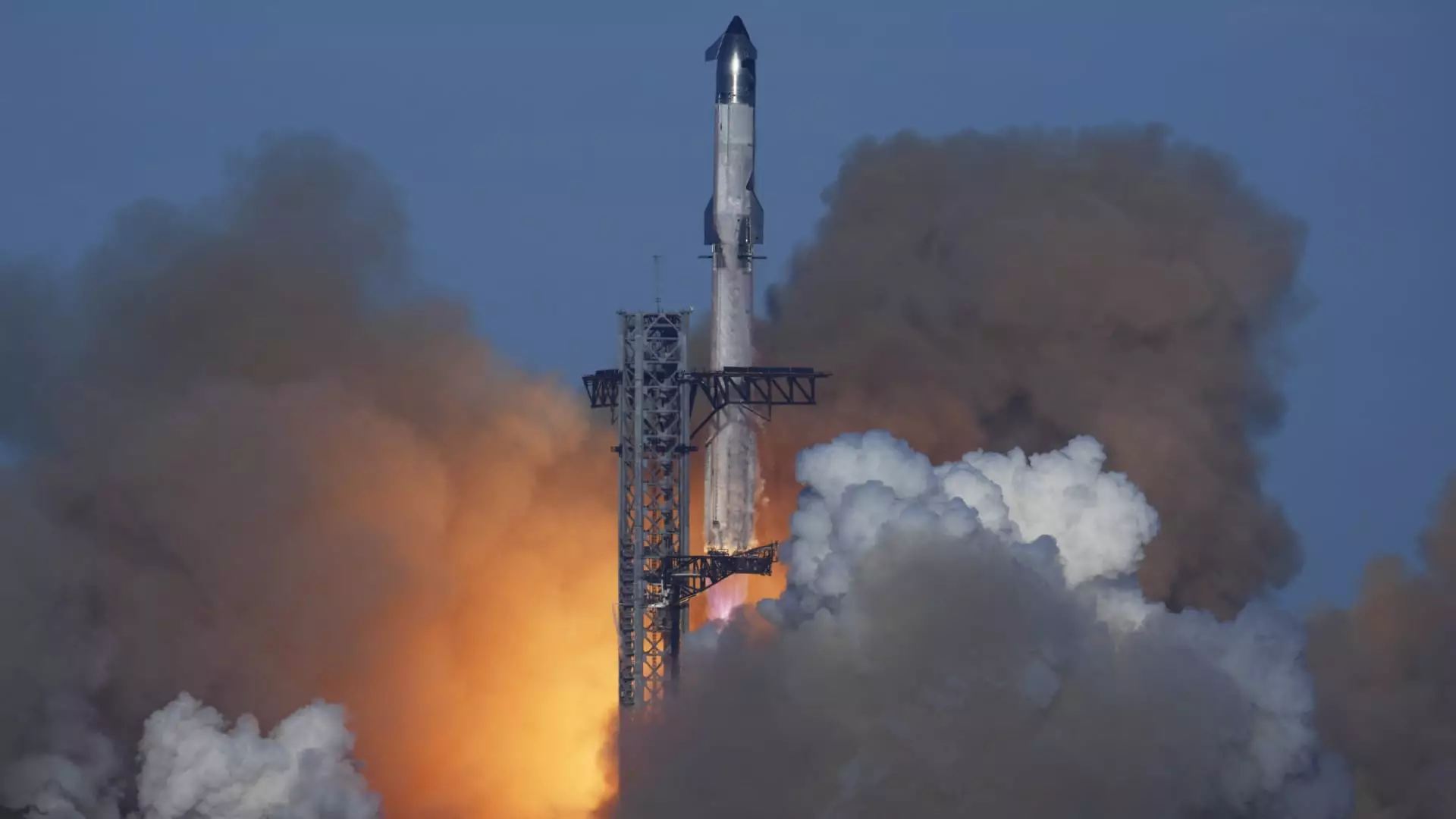On Friday, the Federal Aviation Administration (FAA) declared that SpaceX’s Starship rocket would remain grounded pending a thorough investigation into its recent midflight failure. This decision followed an eruption of debris that impacted commercial air traffic, prompting airlines to reroute numerous flights. The FAA confirmed in an official statement that, despite no casualties being reported, there had been instances of public property damage, notably in the Turks and Caicos islands. The grounding is a significant setback for SpaceX, a company widely recognized for pushing the boundaries of aerospace technology and commercial space travel.
The aftermath of the Starship explosion extended beyond SpaceX, as major airlines like American Airlines, JetBlue Airways, and Delta Air Lines were compelled to delay and redirect flights. This domino effect underscores how interlinked the aviation and aerospace industries are, as an incident in one sector can ripple through another. It highlights the FAA’s role in protecting both commercial air traffic and the public at large, enforcing precautionary measures when unusual or dangerous events occur during rocket launches.
The Investigation Process: SpaceX’s Responsibilities
SpaceX now faces the daunting task of investigating the explosion and implementing any necessary corrective actions. Until these measures are established and validated, the FAA will not issue a new launch license for Starship. SpaceX’s reputation hinges on its ability to respond effectively to this incident; the company’s assurances regarding safety could be tested in future launches. The challenge lies not only in rectifying the technical issues that caused the explosion but also in restoring public confidence in their operations.
Tensions escalated when initial communication from SpaceX appeared to misalign with the FAA’s assessment. While SpaceX claimed that debris fell harmlessly into the Atlantic Ocean within predefined hazard zones, the FAA was forced to activate a “Debris Response Area,” warning pilots of potential hazards. This discrepancy raises questions about communication strategies and the clarity of guidelines surrounding rocket launches. Effective and transparent communication between the FAA and SpaceX will be critical in preventing misunderstandings that could lead to safety compromises.
This incident is a crucial juncture for SpaceX as it navigates regulatory pathways that could influence the future of commercial space travel. The FAA’s strict oversight aims to ensure aviation safety, particularly as companies like SpaceX venture further into the realm of space tourism and exploration. As the investigation unfolds, both the FAA and SpaceX must grapple with broader implications regarding the safety of space launches and their effects on public aviation. Enhancing safety protocols and stakeholder communication will be essential to ensure that such incidents do not compromise the viability of future commercial space operations.
Ultimately, the resolution of this incident will not only shape the future of SpaceX’s Starship program but will also define the standards for safety and reliability in the burgeoning commercial space industry.

